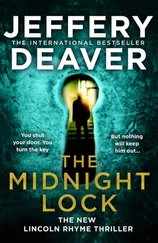But he’d mastered the vessel. And was convinced, without objective proof, that the whisky tasted better from crystal.
Sachs was upstairs, showering. Thom was in the kitchen, whipping up something for dinner. Rhyme deduced it involved garlic and some licorice-oriented herb or spice. Perhaps fennel. No gourmand, nor even much of a diner, Rhyme nonetheless found it helpful to know foods. A few years ago he’d run up against a hired killer whose hobby was cooking, and ingredients for various dishes provided important clues in his capture. (The killer’s avocation was not only a source of great pleasure for him but also gave him the chance to put his extremely expensive — and sharp — knives to work on the job. Witnesses tended to tell everything he wanted to know in the face of a razor-sharp Japanese filleting knife.)
Heavy glass in one hand, Rhyme used a finger of his other to maneuver to the front of the Unsub 47 evidence charts.
He was certainly grateful that both Rostov and Krueger were out of the picture and that none of the officers running the case had been injured seriously. The mayor had called to express his thanks. Dwyer, the head of the geothermal operation, had too. But the case wasn’t completely over, from his perspective. There were some loose ends. For instance: the disappearance of the Northeast Geo worker who’d helped Krueger plant the C4 charges in the drilling shafts. He was surely dead but Rhyme would devote whatever time and effort were necessary to locating the body, for the sake of his family.
Justice...
The South African Police were apparently more than eager to pursue the employees in Krueger’s “security” company. They rounded up some lower-level administrative people and located Terrance DeVoer and his wife, in Lesotho, the landlocked country surrounded by South Africa. Not a wise choice of escape route for a fugitive, considering he’d be on airline watchlists and, if he wished to drive, he would have to return to the very country that had warrants out for his arrest.
DeVoer would be handed over to the SAP in a day or so.
As to the diamond mines behind the plot, the NYPD foreign liaison division and the FBI, working with State, had contacted them both. Dobprom hadn’t replied and Rhyme had been told not to expect a response. The Guatemalan mine that had hired Krueger, New World Mining, had at least returned phone calls but vehemently denied any involvement in the incident.
This portion — the Russian and Central American legs — of the investigation had stalled.
Rhyme was, however, determined to unstall it.
Another, more pressing, issue was whether there was in fact another device. Just because three kilos of C4 had been delivered didn’t mean there were only three bombs in the Northeast Geo shafts. Maybe Krueger had divided the plastic into four or five lumps and planted other gas line bombs. The police were still canvassing possible targets along the fault line in the vicinity of Northeast Geo, and FDNY was still staged in the area, awaiting another tremor, which would signal possible fires. The Bomb Squad and ESU, working with Northeast Geo, were finally beginning their careful excavation of the shafts.
Loose ends.
Now, as he looked up at the charts, yet one more question arose in his thoughts, and he instructed the phone to make a call.
“Hey, Linc. What’s up?” Lon Sellitto sounded impatient.
“Just some follow-up on the case. When you came to see me the other day about that gas device that didn’t go off, the one in that woman’s basement? Claire Porter?”
“Yeah. What about it?”
“Had you been to the scene before you came over here? Think carefully. It’s important.”
“What’s to think? The answer is no. I was downtown and somebody called me. I never was at the scene. Why?”
“Loose ends.”
“Whatever. Anything else? We’re watching Walking Dead .”
“What?”
“Night, Linc.”
Other questions floated to the surface.
But then he turned to the entryway to the parlor and the idea of trying to answer them was put on hold momentarily, while he focused on the immediate item on the agenda for this evening.
Dinner with his bride.
Amelia Sachs was walking into the room now. She was wearing a long, green dress, low-cut and sleeveless.
“You look beautiful,” he said.
She smiled. Then, it seemed, she couldn’t help but reply with “And you look thoughtful.”
“Nothing that can’t wait for a bit. Thom! Time for dinner! Could we get the wine open, please and thank you?”
His eyes drifted back to Sachs. He really did like that dress.
Wednesday, March 17
As placid as ever, the Mexican attorney Antonio Carreras-López tugged at his vest and looked over at his client, sitting opposite him.
Eduardo Capilla — El Halcón, the Hawk — was the least avian-looking criminal who ever existed. (A more appropriate nickname for him would be La Tortuga.) Fat, balding, squint-eyed, with a broad, upturned nose. Still, he was one of the most dangerous men on earth. His hands and feet were shackled, and those shackles affixed to steel rings in the floor.
The interview room was in the federal courthouse for the Eastern District of New York, Cadman Plaza. The building was modern and stylish and only a little scuffed. Plenty of suspects from mean streets had passed through here but, as their offenses were federal, they tended to scrub up better than their counterparts in state court.
Both men here were in suits — even the defendant, as was customary, since a prisoner in a jumpsuit might prejudice the jury to think guilt and taint the Sixth Amendment’s right to a fair and impartial trial.
The U.S. Constitution, the Mexican lawyer had reflected on occasion, was just so quaint, so charming...
Outside the room were two guards — both dedicated to making sure El Halcón didn’t fly the coop, a witticism that Carreras-López couldn’t resist.
Carreras-López’s pen made whispering noises on the yellow pad before him. One would think that the notes he was jotting had to do with the appalling information that federal prosecutor Henry Bishop had just presented: that a new analysis of the evidence had proven, to a certainty, that his client was not hiding in the bathroom at the time of the shoot-out but was, in fact, armed and firing at the police.
That son of a bitch, Lincoln Rhyme, had set him up.
This was, of course, an irony in itself, because Carreras-López had himself contacted Rhyme with the express purpose of setting him up. The lawyer had come up with the absurd argument about tainted evidence solely to give himself a chance to meet Rhyme and look into to his eyes. Carreras-López was a master of assessing men, and could tell in an instant if Rhyme suspected the plot had nothing to do with any diamond lodes in Brooklyn, but was about something else altogether, directly involving El Halcón. But no, the criminalist might be brilliant at analyzing fingerprints and trace evidence, but he was completely oblivious about what was really going on.
Which was that within the hour, El Halcón would be free. The plan to break him out of the courthouse here and spirit him away to a compound in Venezuela was proceeding perfectly.
There is a rumor that there is no extradition treaty between the United States and that troubled South American nation. That’s not correct. The 1922 treaty between the two nations remains in effect, though the extraditable offenses are a bit bizarre — bigamy, for instance. There are rules about shipping fugitive murderers and drug dealers back to the U.S. but, of course, they are enforced only if the foreign authorities want to enforce them. And, depending on where the decimal point falls, the Venezuelans’ motivation for enforcement can be a bit limp.
Читать дальше
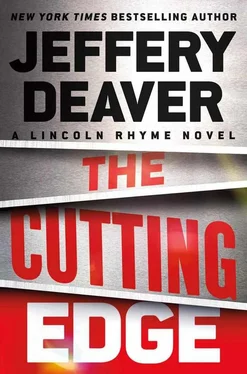
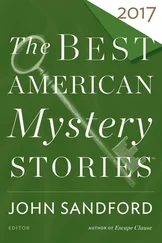
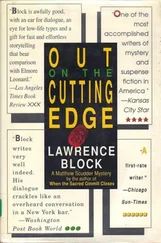
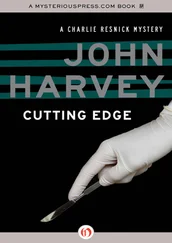
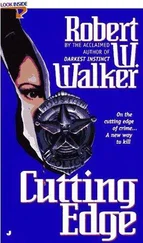
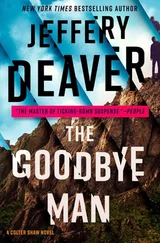
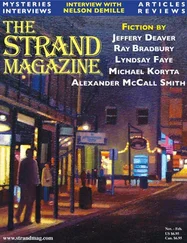
![Джеффри Дивер - Where the Evidence Lies [A Lincoln Rhyme Short Story]](/books/403782/dzheffri-diver-where-the-evidence-lies-a-lincoln-r-thumb.webp)

